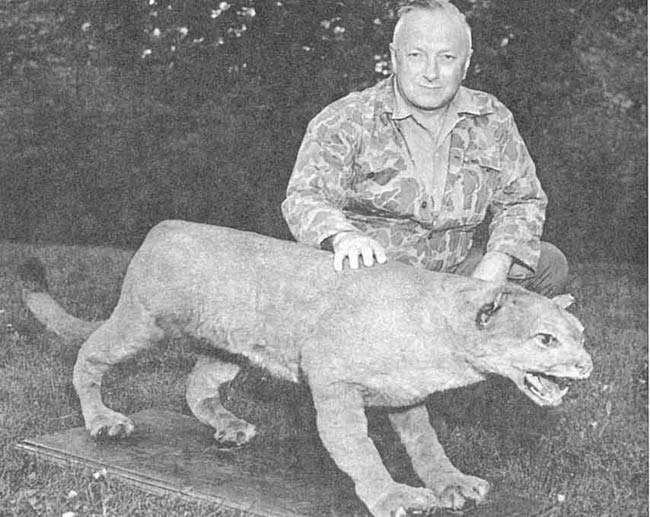American Mountain Lions May be Staging Comeback


American mountain lions, commonly called cougars, have been in decline for a century. Once found throughout North America, populations were isolated in the American West due to widespread hunting and loss of prey.
But new evidence shows the animals may be spreading again, returning to their old stalking grounds in the Midwest.
A group of researchers has confirmed 178 cougar sightings in the Midwest over the past few decades, with the number of confirmations steadily increasing between 1990 and 2008, according to a study published in the June issue of the Journal of Wildlife Management. Most of these sightings have taken place within a short distance of habitat considered suitable for the animal, researchers said.
"The western population has spread, with cougar populations re-establishing across the Midwest," University of Minnesota researcher Michelle LaRue said in a statement.
Three main cougar populations exist in the Midwest, centered around South Dakota's Black Hills, but a few of the animals have ventured far outside this range. One adult male thought to be from the Black Hills made it all the way to Connecticut — a journey of 1,800 miles (2,900 kilometers) — before being hit by a car June 11, 2011, LaRue said. It was the first confirmed cougar sighting in that statesince the 1880s, according to the Hartford Courant.
Of all cougar carcasses recovered, 76 percent were found to be male. This finding suggests males are leading a steppingstone-type dispersal of the cougar population. As the Connecticut example shows, males are capable of traveling long distances.
"While the distance the Connecticut cougar traveled was rare, we found that cougars are roaming long distances and are moving back into portions of their historical range across the Midwest," LaRue said. The study confirmed the presence of cougars from Texas, Arkansas and Nebraska to the Canadian provinces of Ontario and Manitoba.
Get the world’s most fascinating discoveries delivered straight to your inbox.
The researchers examined cougar carcasses, tracks, camera trap photos, video and DNA evidence to draw their conclusions. They also analyzed cougar sightings by wildlife experts reported since the 1990s and cases of attacks on livestock across 14 states and provinces.
The finding raises new conservation questions, such as how humans can live alongside the returning predators. "We believe public awareness campaigns and conservation strategies are required across these states," LaRue said.
Follow OurAmazingPlanet for the latest in Earth science and exploration news on Twitter @OAPlanet. We're also on Facebook andGoogle+.



